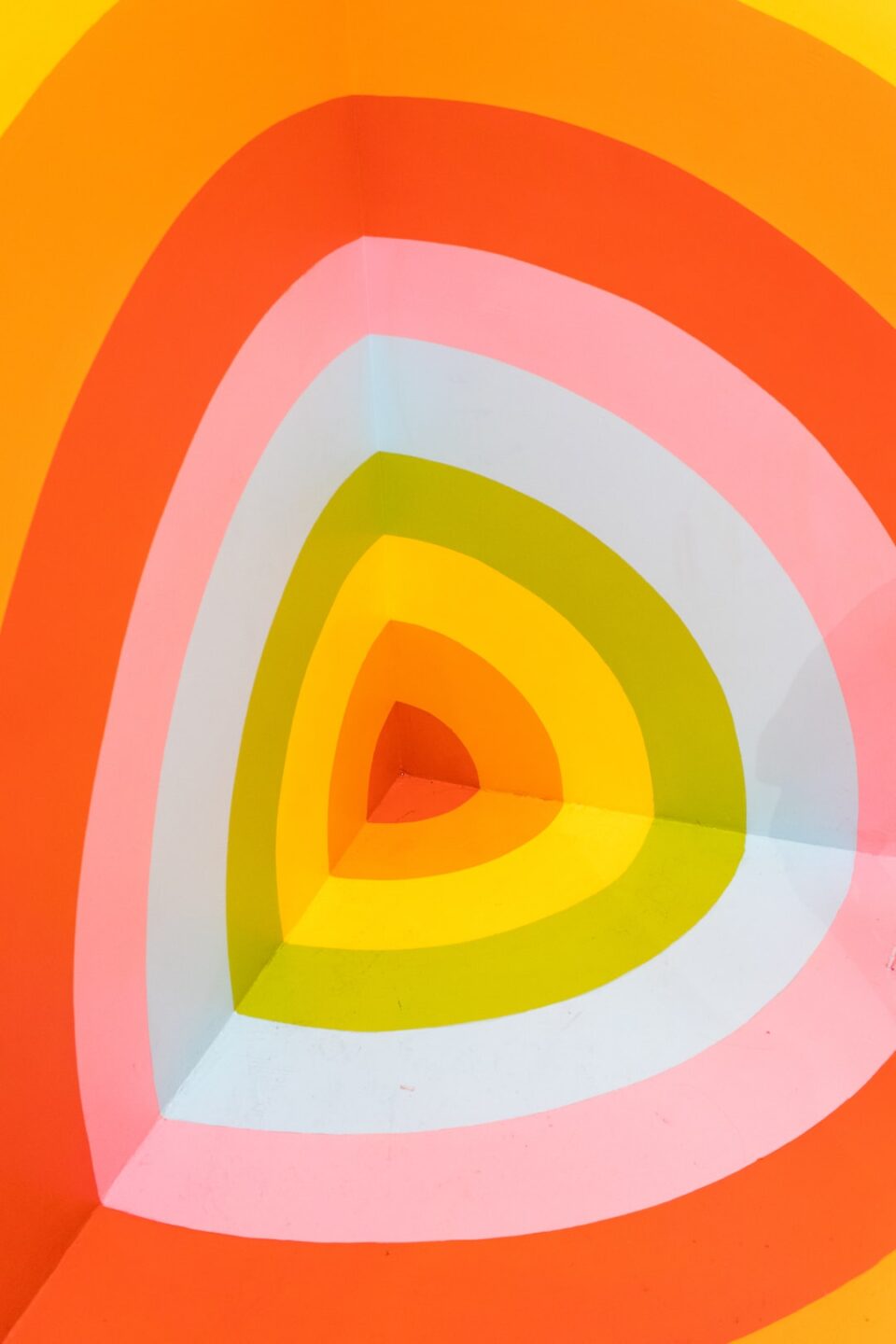The Psychology of Design: Creating Emotional Connections
In today’s fast-paced world, where consumers are overwhelmed with choices, brands are constantly trying to find new and innovative ways to connect with their target audience. One powerful tool that has emerged in recent years is the psychology of design.
Design is no longer just about aesthetics; it is a strategic tool used to create emotional connections with consumers. By understanding the psychology behind design, brands can effectively communicate their message and create a lasting impact on their audience.
One of the key elements of design psychology is color. Different colors evoke specific emotions and can have a profound impact on our mood and behavior. For example, red is often associated with passion, excitement, and urgency, making it a popular choice for brands that want to create a sense of urgency or excitement around their products. On the other hand, blue is often associated with trust, calmness, and reliability, making it a popular choice for brands that want to convey a sense of security or trustworthiness.
Another important aspect of design psychology is typography. The font, size, and spacing of text can significantly impact the way a message is perceived. Serif fonts, for example, are often associated with tradition, elegance, and reliability, while sans-serif fonts are seen as modern, clean, and minimalistic. Understanding the psychology behind typography allows brands to choose the right font to effectively convey their message and connect with their audience on a deeper level.
Furthermore, design psychology also considers the use of imagery and visual elements. Images can evoke emotions and memories, making them a powerful tool for creating emotional connections. Brands often use images that reflect their target audience’s desires, aspirations, and values to create a sense of identification and connection. Through carefully selected visuals, from photography to illustrations, brands can transport their audience to a different place or time, creating a strong emotional bond.
Lastly, the layout and organization of design elements also play a crucial role in creating emotional connections. The way information is presented can influence our perception and understanding of a brand’s message. By using visual hierarchy, brands can guide the viewer’s attention and highlight key information, making it easier for them to connect with the brand’s values and offerings.
The psychology of design is a powerful tool that brands can leverage to connect with their audience in a meaningful way. Through the careful use of color, typography, imagery, and layout, brands can evoke emotions, convey their values, and create a lasting impact. By understanding the psychology behind design, brands can move beyond superficial aesthetics and create meaningful connections that resonate with their target audience. In this fast-paced, competitive world, emotional connections are more important than ever, and design psychology provides the key to unlocking them.

